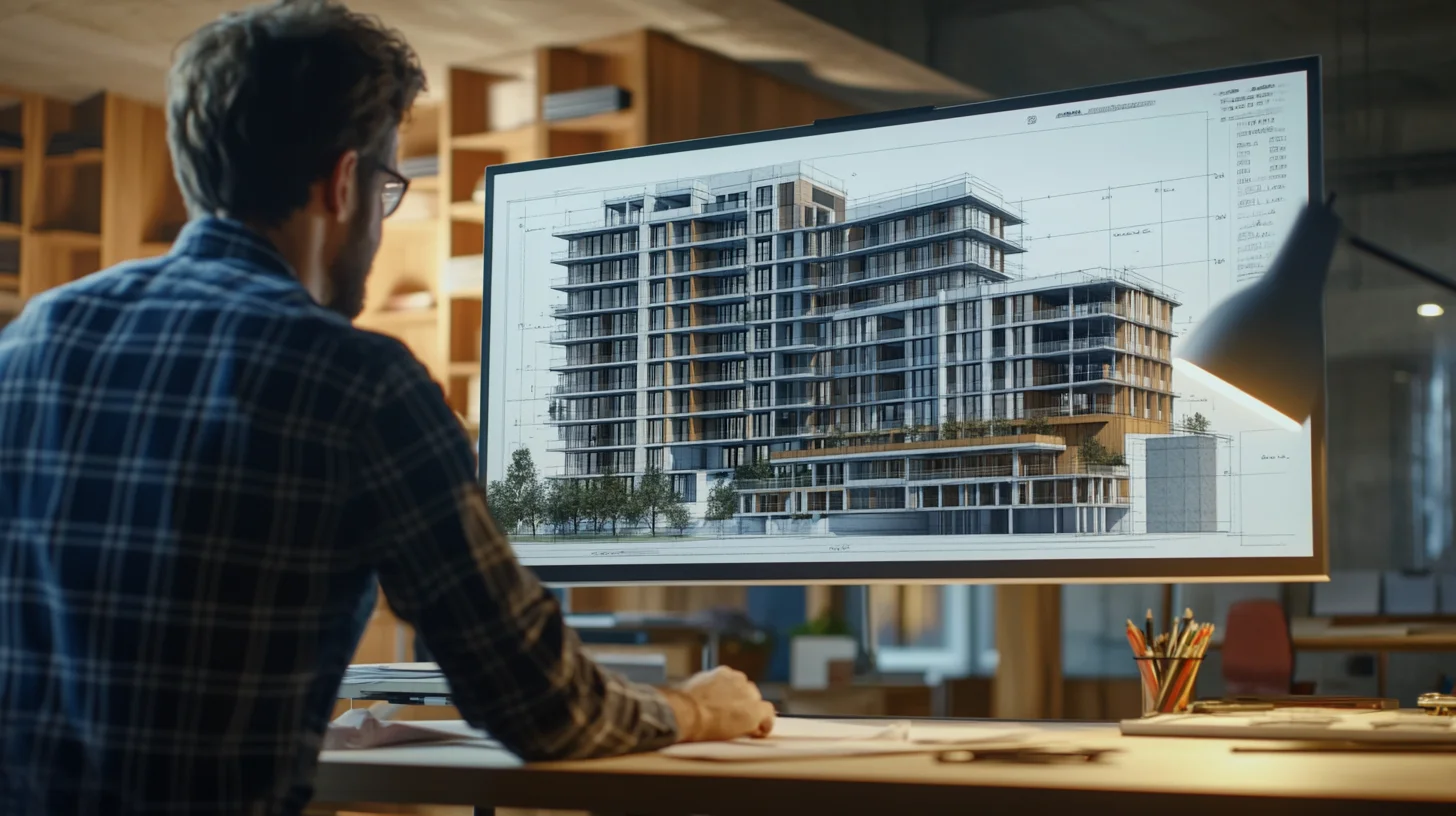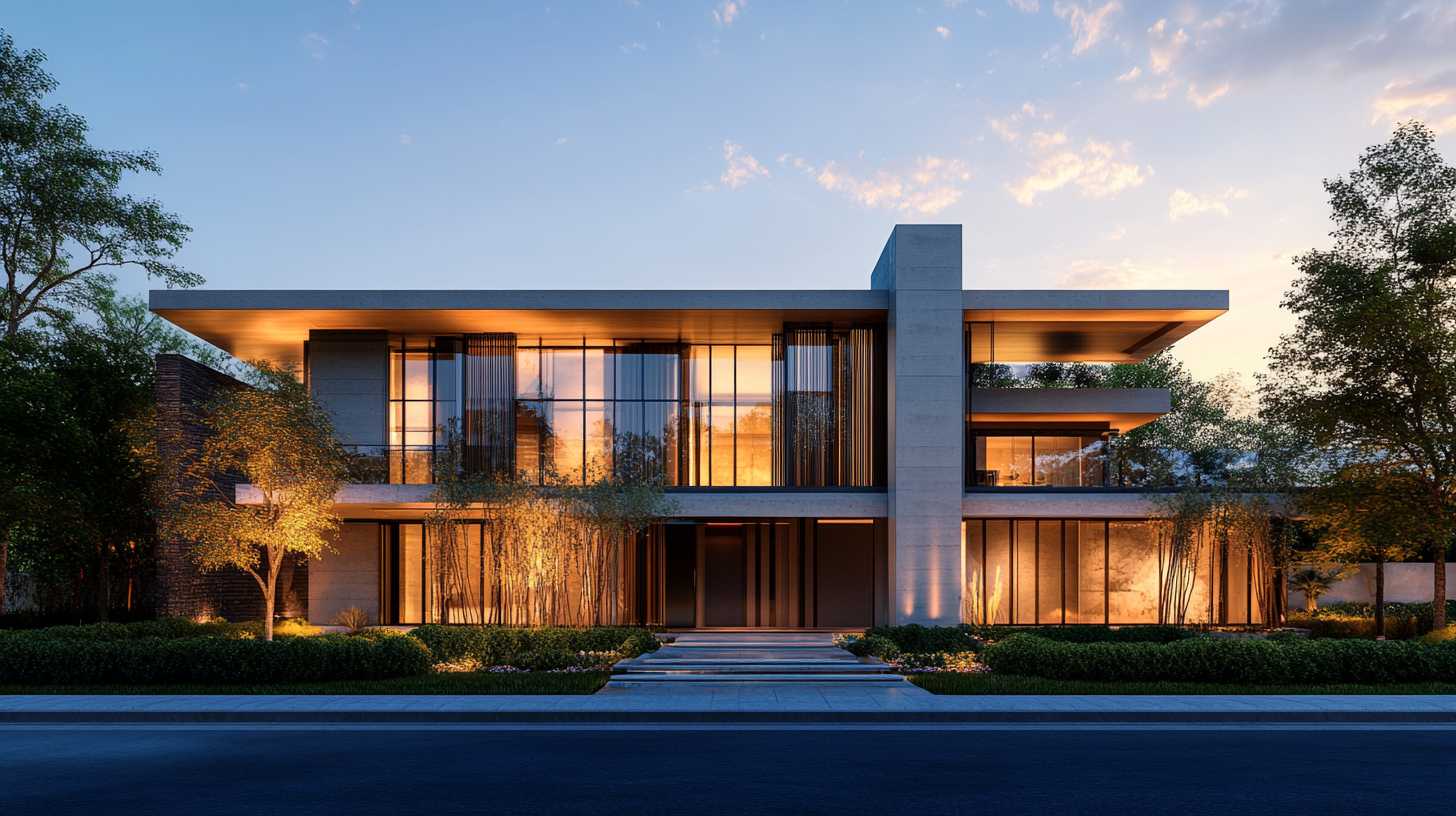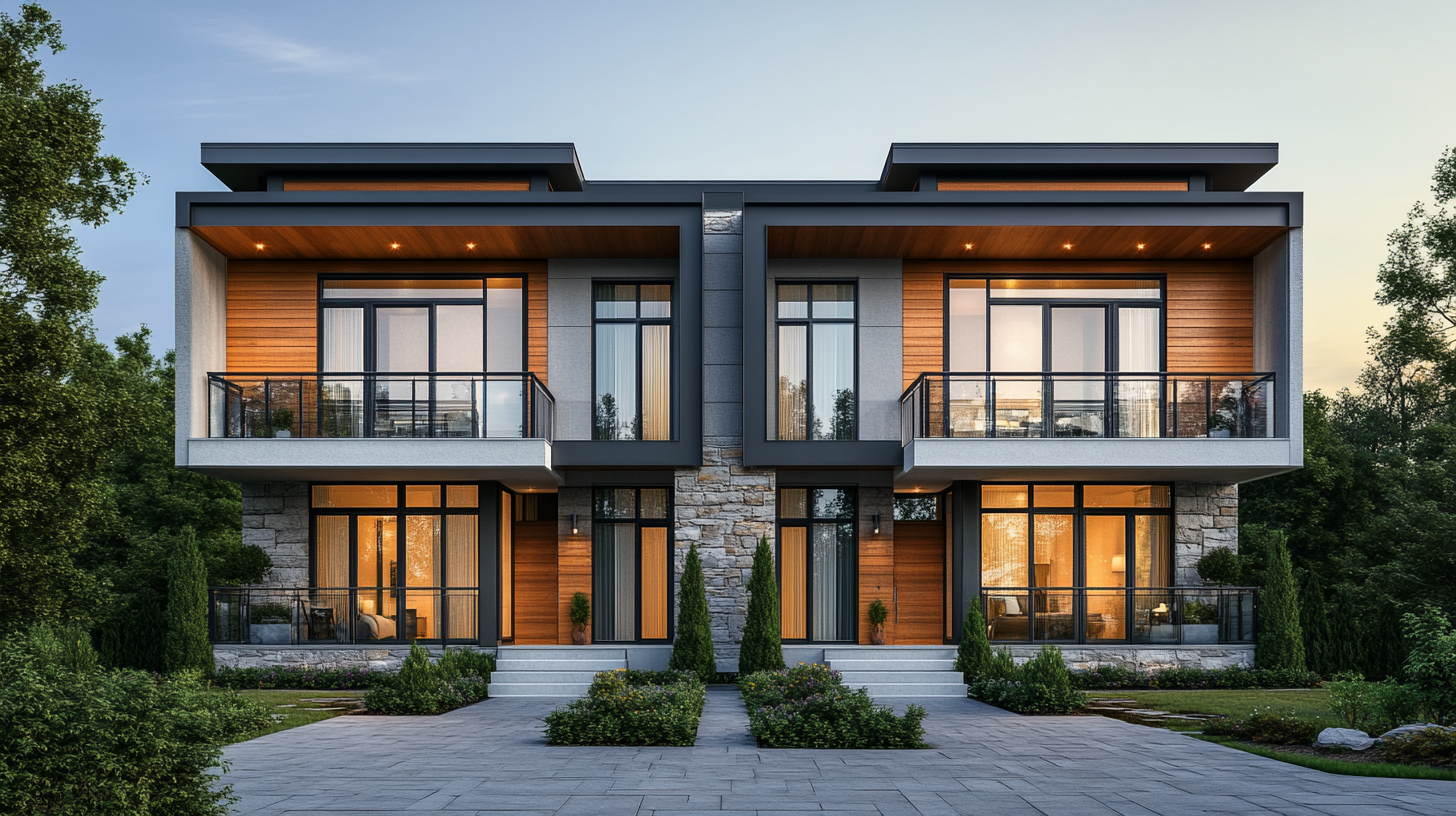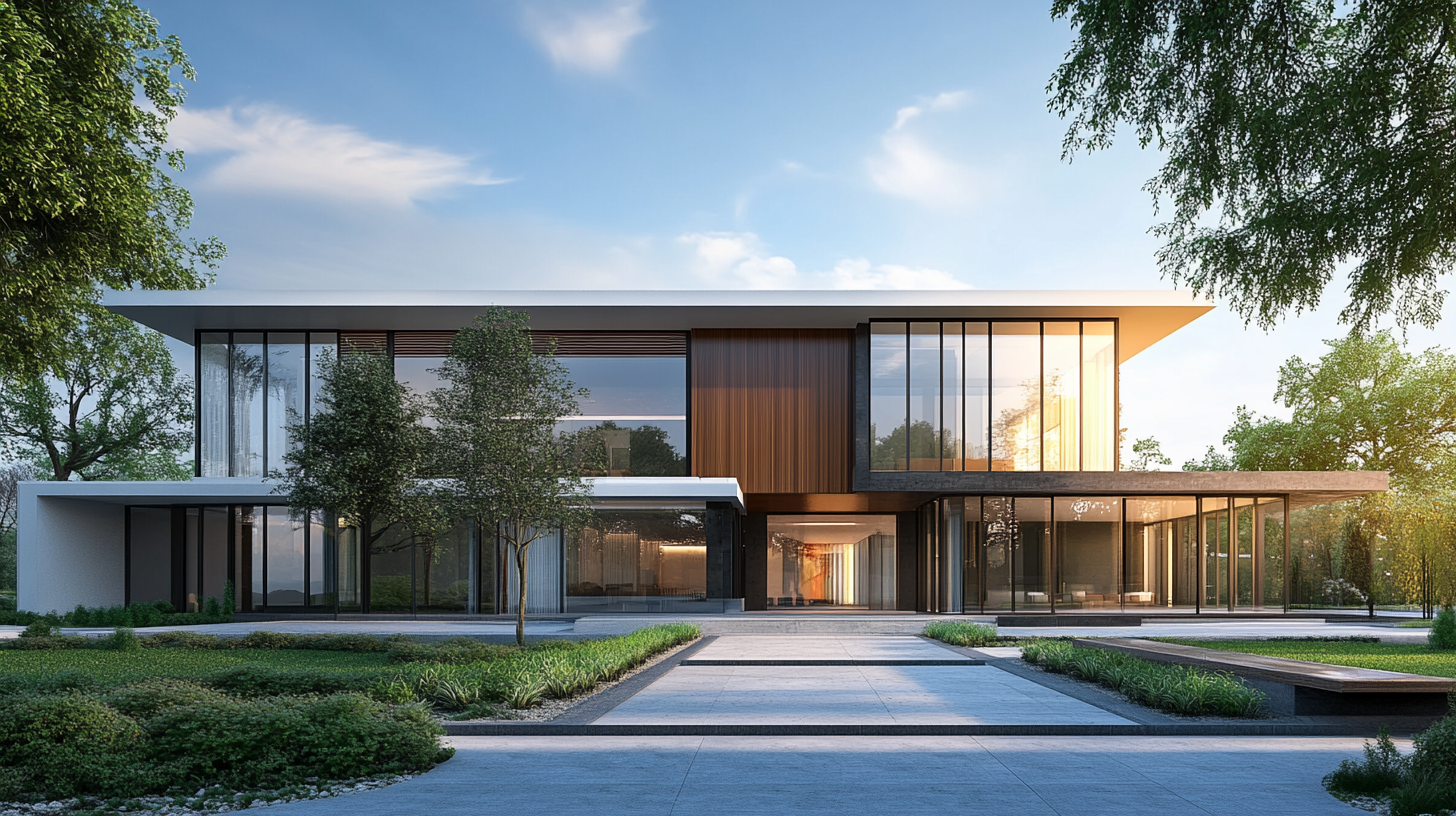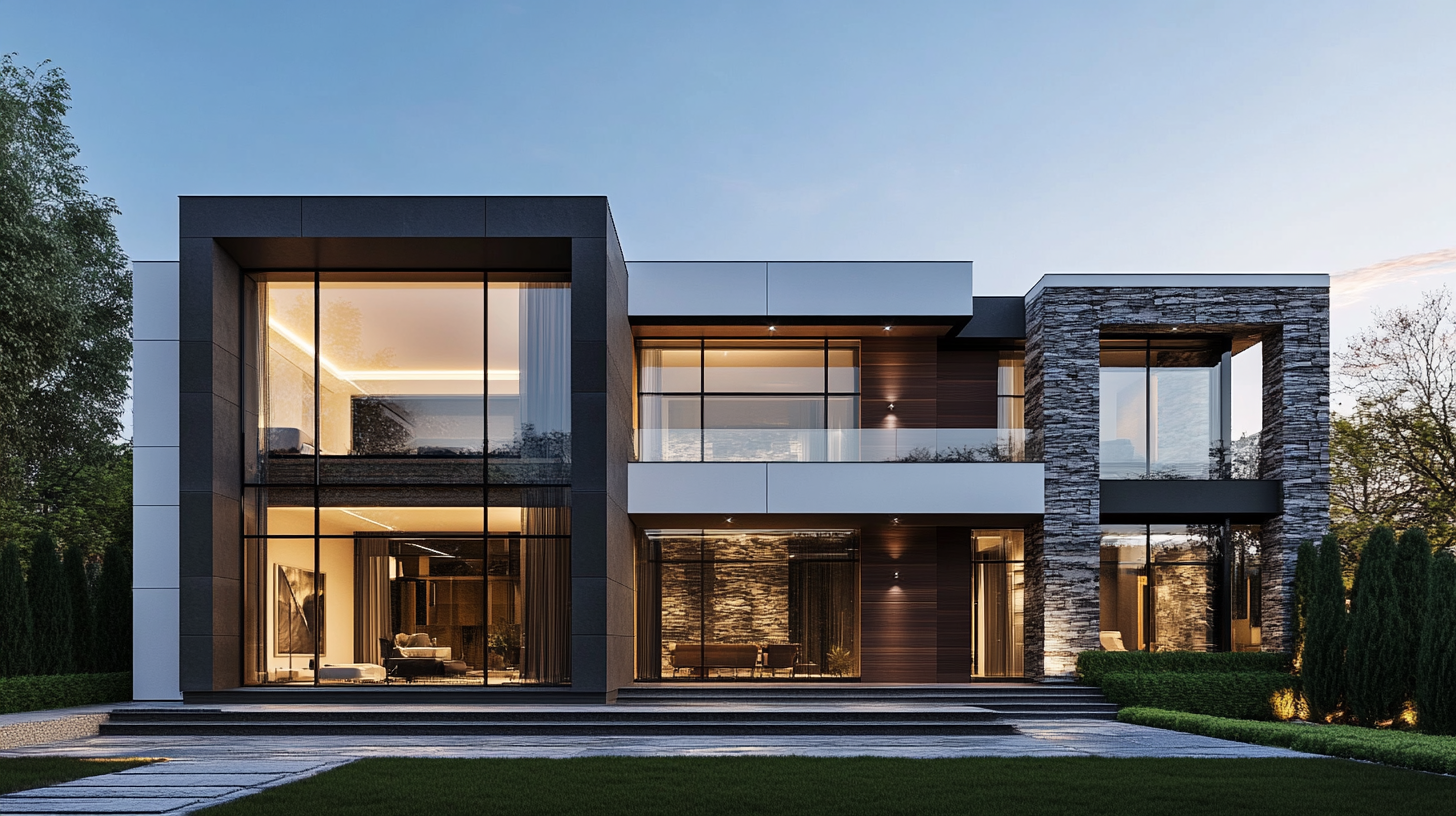
Building Elevation Design Mistakes to Avoid During Construction
Every dream home starts with a vision, and one of the key aspects of that vision is the building’s elevation design. A well-planned elevation not only enhances curb appeal but also ensures functionality, durability, and value. On the flip side, making common elevation design mistakes during construction can lead to aesthetic and structural issues, increased maintenance, and even higher costs in the long run.
In this blog, we spotlight the biggest elevation design missteps—especially those that matter in Chennai, where climate and local rules heavily influence construction. Steer clear of these pitfalls, and you’ll end up with a home that’s as durable as it is eye‑catching.
Understanding the Importance of Building Elevation Design
Building elevation design goes beyond just making your house look attractive. It forms the first impression of your property while directly impacting its functionality, resale value, and long-term maintenance. Poor elevation planning can lead to design inconsistencies, structural issues, reduced energy efficiency, and challenges in adhering to local regulations. Whether you’re constructing a home or improving an existing property, thoughtful planning and expert consultation are key to success.
Without further ado, here are the most common building elevation mistakes homeowners and builders should avoid.
Ignoring Site Orientation and Local Climate
Why it Matters:
Site orientation and local climate conditions play a critical role in how your home interacts with its environment. Overlooking these two factors can lead to discomfort, higher energy costs, and premature material degradation.
Common Mistakes:
- Failing to consider sunlight direction, resulting in rooms that overheat during the day or remain too dark.
- Ignoring natural ventilation and airflow, which are essential in coastal cities like Chennai known for their hot and humid climate.
Solution:
Design your home to use natural resources effectively. For instance, position larger windows on the north or east-facing walls to reduce heat buildup while maintaining light. Incorporating shading devices, such as overhangs or louvered panels, can also help regulate indoor temperature.
Discover more tips at Modern House Front Elevation Designs in Chennai.
Overlooking Vastu Principles and Local Regulations
Why it Matters:
Especially in India, Vastu compliance significantly affects a property’s resale value. Along with this, ignoring building codes or setback rules can result in legal headaches, fines, or even demolition orders.
Common Mistakes:
- Neglecting Vastu guidelines, which can deter potential buyers who prioritize these principles.
- Violating setback and height restrictions imposed by local authorities, leading to penalties.
Solution:
Work with architects who understand regional requirements and Vastu principles. This ensures your home is marketable and adheres to all legal parameters. Explore Building Elevation Design Services in Chennai for a comprehensive approach.
Choosing Materials That Don’t Suit the Climate
Why it Matters:
Not every material is well-suited for all climates. The success of your building elevation depends heavily on selecting materials that can withstand local environmental conditions.
Common Mistakes:
- Using materials prone to corrosion or heat absorption in humid or coastal areas like Chennai.
- Selecting finishes that fade quickly under intense sunlight, requiring frequent replacements.
Solution:
Opt for materials like weather-resistant cladding, composite panels, or treated wood that reduce maintenance. Learn more about sustainable products through 3D Elevation Rendering Services.
Prioritizing Style Over Functionality
Why it Matters:
While it’s tempting to focus only on aesthetics, prioritizing style at the cost of usability often leads to impractical, uncomfortable spaces.
Common Mistakes:
- Including minimal shading elements, leading to energy-inefficient spaces.
- Poorly designed balconies or terraces that compromise privacy or become unusable due to heat or layout.
Solution:
Collaborate with professionals who balance beauty with function, ensuring that exterior elements like pergolas and balconies are both aesthetically pleasing and practical.
Poor Structural Integration
Why it Matters:
Structural integrity is paramount to a safe and durable elevation. Adding decorative elements without consulting an engineer can lead to costly repairs later.
Common Mistakes:
- Adding heavy decorative components without proper support.
- Ignoring how design changes may affect the building’s load distribution.
Solution:
Always consult structural engineers before making any additions. For cutting-edge designs that prioritize safety, check out Best Architecture Company in Chennai.
Ignoring Long-Term Maintenance
Why it Matters:
While intricate designs may grab attention initially, they can often result in excessive maintenance efforts and costs.
Common Mistakes:
- Choosing designs with hard-to-reach areas prone to dirt and grime.
- Opting for materials that quickly degrade in specific climates or conditions.
Solution:
Invest in designs and materials curated for longevity and ease of upkeep. For instance, use self-cleaning paints or coatings, especially for exterior surfaces.
Skipping Professional Guidance
Why it Matters:
DIY spirit is fantastic, but creating an elevation without professional input often results in costly mistakes.
Common Mistakes:
- Designing elevations without consulting architects, leaving out critical aspects like cohesion and functionality.
- Opting for cheap alternatives or inexperienced designers, leading to compromised results.
Solution:
Hire seasoned architects or elevation design experts. Their experience ensures a design that aligns with local regulations, optimizes resources, and provides long-term ROI.
For assistance, contact Building Elevation Design Services in Chennai.
Mixing Styles Without Consistency
Why it Matters:
The building’s elevation should reflect a cohesive design language, maintaining harmony across all elements.
Common Mistakes:
- Mixing various architectural styles like modern, traditional, and industrial without any cohesion.
- Overloading the facade with inconsistent elements, affecting curb appeal.
Solution:
Choose a single architectural style or blend elements thoughtfully to maintain uniformity. Adding complementary lighting elements can further elevate your design. Check out Exterior Lighting Ideas for Home Elevations.
Thoughtful Front Elevation Design for Long-Term Success
A poorly planned elevation design can result in increased energy bills, structural risks, and lower property value. By recognizing and avoiding these common building elevation mistakes, you can ensure your home combines visual appeal, functionality, and longevity.
Remember, investing time and resources in thoughtful planning now will lead to fewer headaches and greater satisfaction in the future. For expert guidance, don’t hesitate to reach out to 3D Elevation Rendering Services or connect with trusted professionals in your area.
Start your home’s elevation journey today by contacting us.
